Gordon Setter
Black and Tan Setter
 akc
akc ankc
ankc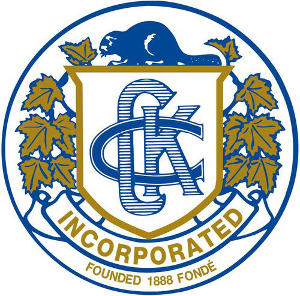 ckc
ckc fci
fci nzkc
nzkc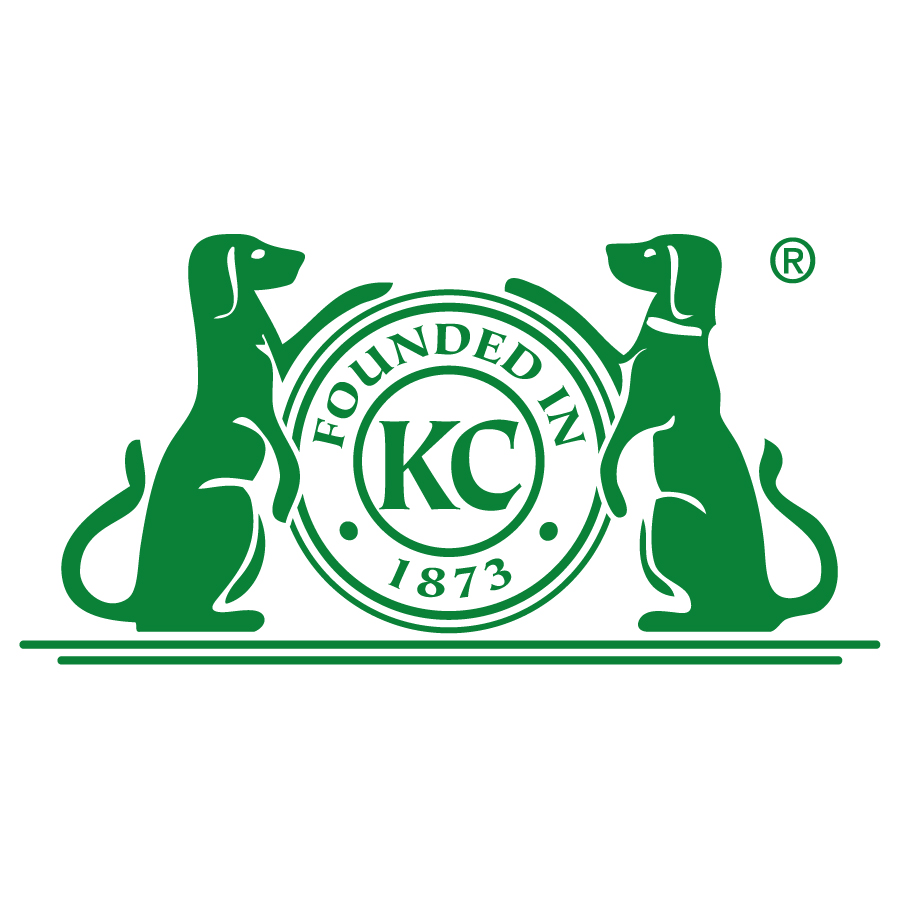 rkc
rkc ukc
ukc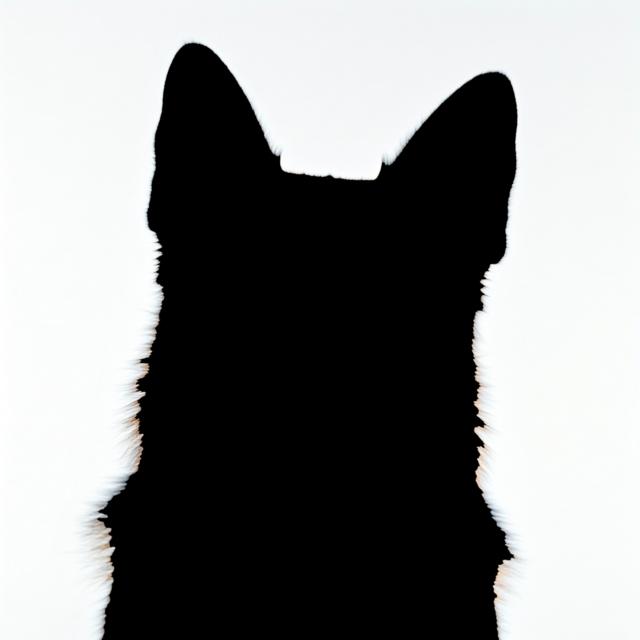
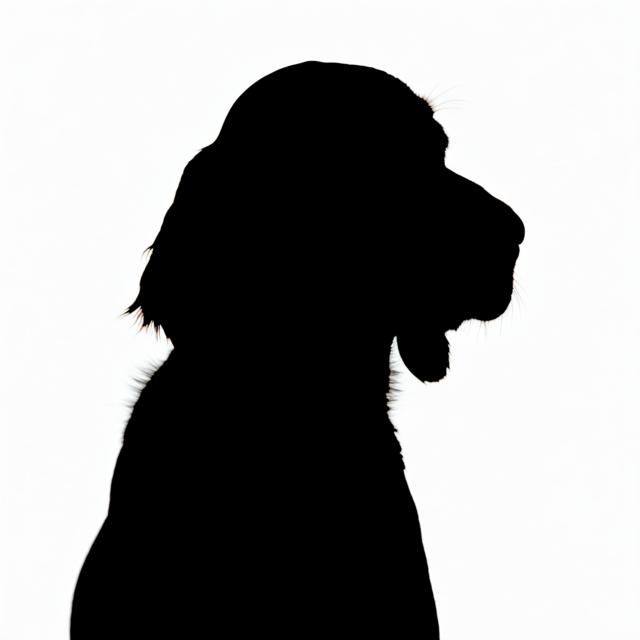
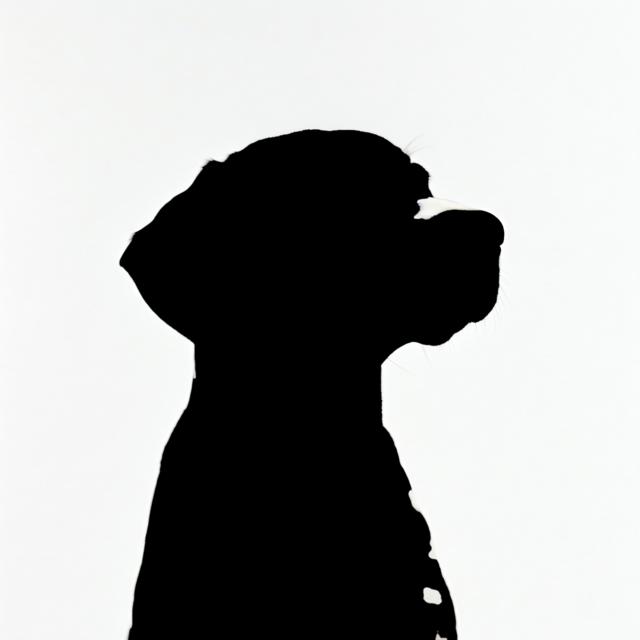
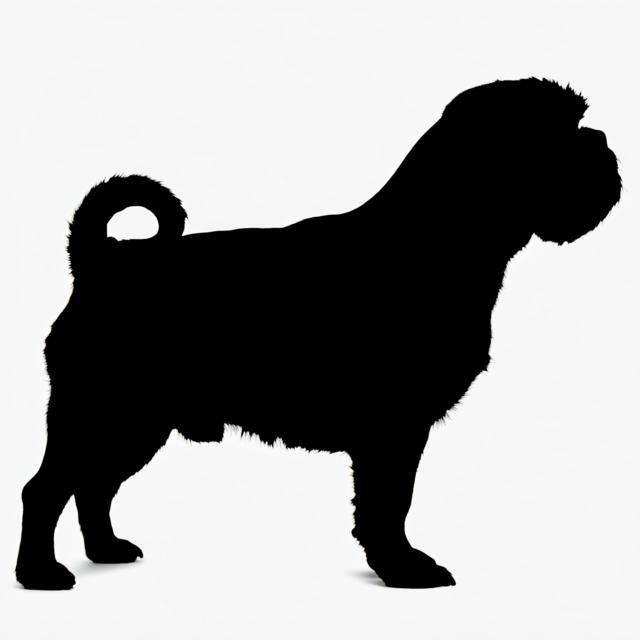
Summary
- The Gordon Setter is a Scottish breed developed for bird hunting, known for its black and tan coat, loyal and gentle temperament, and high exercise needs. They are intelligent and eager to please, making them good companions when properly trained.
Origin and Purpose
- Developed in Scotland in the early 19th century
- Originally bred for bird hunting
Appearance
Dimensions
| Gender | Height | Weight |
|---|---|---|
| Female | 23-26 inches | 45-70 pounds |
| Male | 24-27 inches | 55-80 pounds |
Coat
| Attribute | Notes |
|---|---|
| Color |
|
| Type |
|
| Length |
|
Care
| Attribute | Notes |
|---|---|
| Shedding |
|
| Grooming |
|
| Drooling |
|
Body
| Attribute | Notes |
|---|---|
| Head |
|
| Skull |
|
| Ears |
|
| Eyes |
|
| Nose |
|
| Muzzle |
|
| Teeth |
|
| Neck |
|
| Forequarters |
|
| Fore Legs |
|
| Hindquarters |
|
| Hind Legs |
|
| Feet |
|
| Tail |
|
| Gait |
|
Temperament
- Loyal
- Intelligent
- Eager to please
- Gentle
- Courageous
- Self-confident
- Can be sensitive
Social
| Attribute | Notes |
|---|---|
| Affectionate with Family |
|
| Good with Children |
|
| Good with Dogs |
|
| Good with Cats |
|
| Openness to Strangers |
|
| Playfulness Level |
|
| Protective Nature |
|
| Adaptability Level |
|
Working Roles
- Bird hunting
- Field trials
- Companion dog
Exercise Needs
- High
- Needs daily exercise, such as walks, runs, or playtime
- Prefers to spend time with their family
Health
- Hip dysplasia
- Progressive retinal atrophy (PRA)
- Hypothyroidism
- Gastric Dilatation-Volvulus (Bloat)
Additional Notes
- Requires consistent training and socialization
- Can be prone to separation anxiety if left alone for long periods